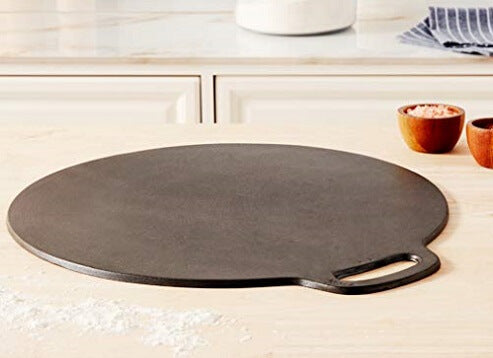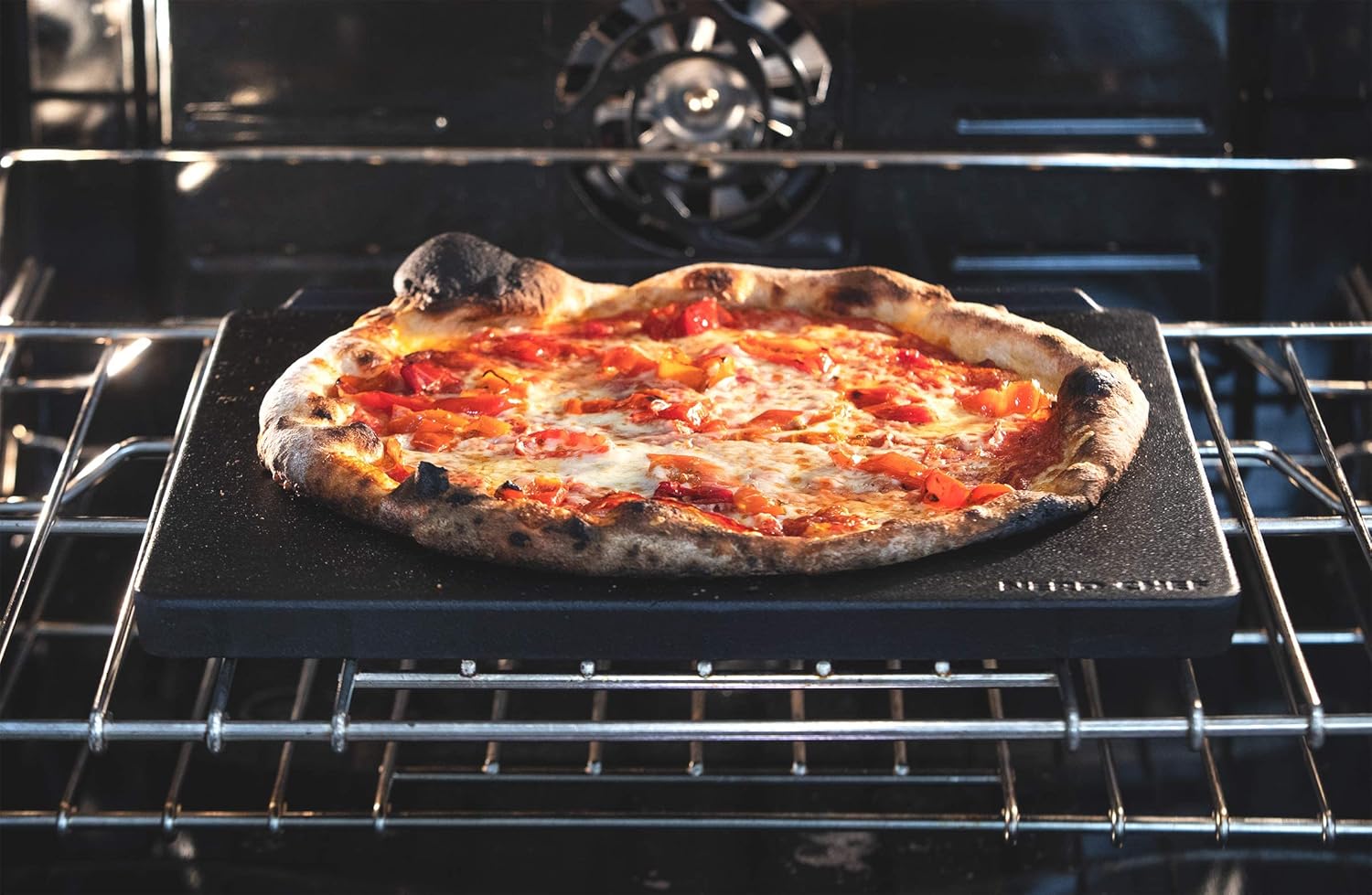In the bustling realm of professional kitchens, where precision and innovation meld to create culinary masterpieces, the choice of tools can make a significant impact. Among these essential tools is the baking stonea cornerstone for consistent cooking temperatures and that oh-so-desirable crust. Explorations into baking stone food compatibility reveal not only what foods work best with this tool but also the diverse benefits it brings to the kitchen.
The universal appeal of baking stones lies in their versatility. Beyond the celebrated pizza, baking stones can elevate a multitude of dishes. Understanding this tool's adaptability can be a game-changer in delivering exceptional cooking results. Lets dive into the depths of food compatibility with baking stones, catering insights that can redefine a kitchen professional's approach to culinary arts.
Why Use a Baking Stone?
First and foremost, the reason for choosing a baking stone is the ability to provide an even heat distribution. Whether its a shirring egg dish or a rustic bread loaf, the stones thermal retention ensures a uniform cooking environment. This evenness in heat helps to eliminate the pitfalls of soggy bases that can often plague intricate dishes.
The baked goods and pizzas benefit from the crispiness achieved through the absorption of excess moisture by the porous structure of the stone. Experienced chefs treasure the kind of consistency provided by a baking stone, whether for restaurant-quality dishes or artisanal bakes. Furthermore, the choice of material of the stone greatly influences the food compatibility, as detailed further in this article on baking stone materials.
Which Foods Complement a Baking Stone?
The capabilities of a baking stone extend far beyond the classic Neapolitan pizza. They hold a compatible relationship with various foods, importantly including items such as bread. Breads like ciabatta or sourdough are ideal candidates due to the stones ability to mimic the floor of a wood-fired oven.
Incorporating vegetables or fruit for roasting can also leverage the stone's high temperatures. Vegetables carry their natural sugars, which caramelize beautifully on a hot stone. Whether experimenting with seasonal veggies or sweet dessert offerings, the baking stone provides a unique depth of flavor impossible to achieve with a conventional baking tray.
Moreover, for those daring to push boundaries, using a baking stone to pre-sear meats before roasting can result in a delightful crust and even cooking throughout. This technique relies on the heat tolerance of baking stones. And if youre unsure how to start, check out this step-by-step guide from Chef's Resource on utilizing a baking stone efficiently.
Pros and Cons of Various Baking Stone Materials
The material of a baking stone plays a key role in determining compatibility with different foods. Popular materials include ceramic, cordierite, and composite. Each has unique properties, influencing the outcome of food.
Ceramic stones are celebrated for their excellent heat retention and uniform distribution. However, they can be susceptible to thermal shock, thus best paired with foods requiring even heat without rapid temperature changes.
On the other hand, cordierite stones boast high resistance to thermal shock, granting the flexibility to use under higher temperatures. This makes them favorable for those experimenting with diverse dishes and those interested in quick, clean cooking processes.
Composite stones merge durability with easy maintenance, though might lack the high-end performance characteristics of others. For a detailed comparison, you might explore this in-depth comparison of baking stone materials.

Frequently Asked Questions
How do I maintain a baking stone?
Maintaining a baking stone involves regular cleaning with a brush or scraper to remove residuals. Avoid using detergent as stones are porous and might absorb these chemicals. Preheat slowly to avoid thermal shock.
Can I use a baking stone for frozen items?
Using a baking stone for frozen items is feasible but requires preheating the stone adequately to adjust for sudden temperature changes it will experience upon contact.
What size of baking stone is best?
The size of the baking stone should match your cooking style and oven dimensions. Generally, the larger, the better for distributing heat evenly across multiple food items being cooked simultaneously.
In the world of culinary artistry, a keen understanding of baking stone food compatibility aligns professional kitchen practices with the uncompromising standards of its discerning audience. The potential for incredible culinary creations through innovative stone uses can set a chef apart in this dynamic field.
This article contains affiliate links. We may earn a commission at no extra cost to you.






Leave a comment
This site is protected by hCaptcha and the hCaptcha Privacy Policy and Terms of Service apply.